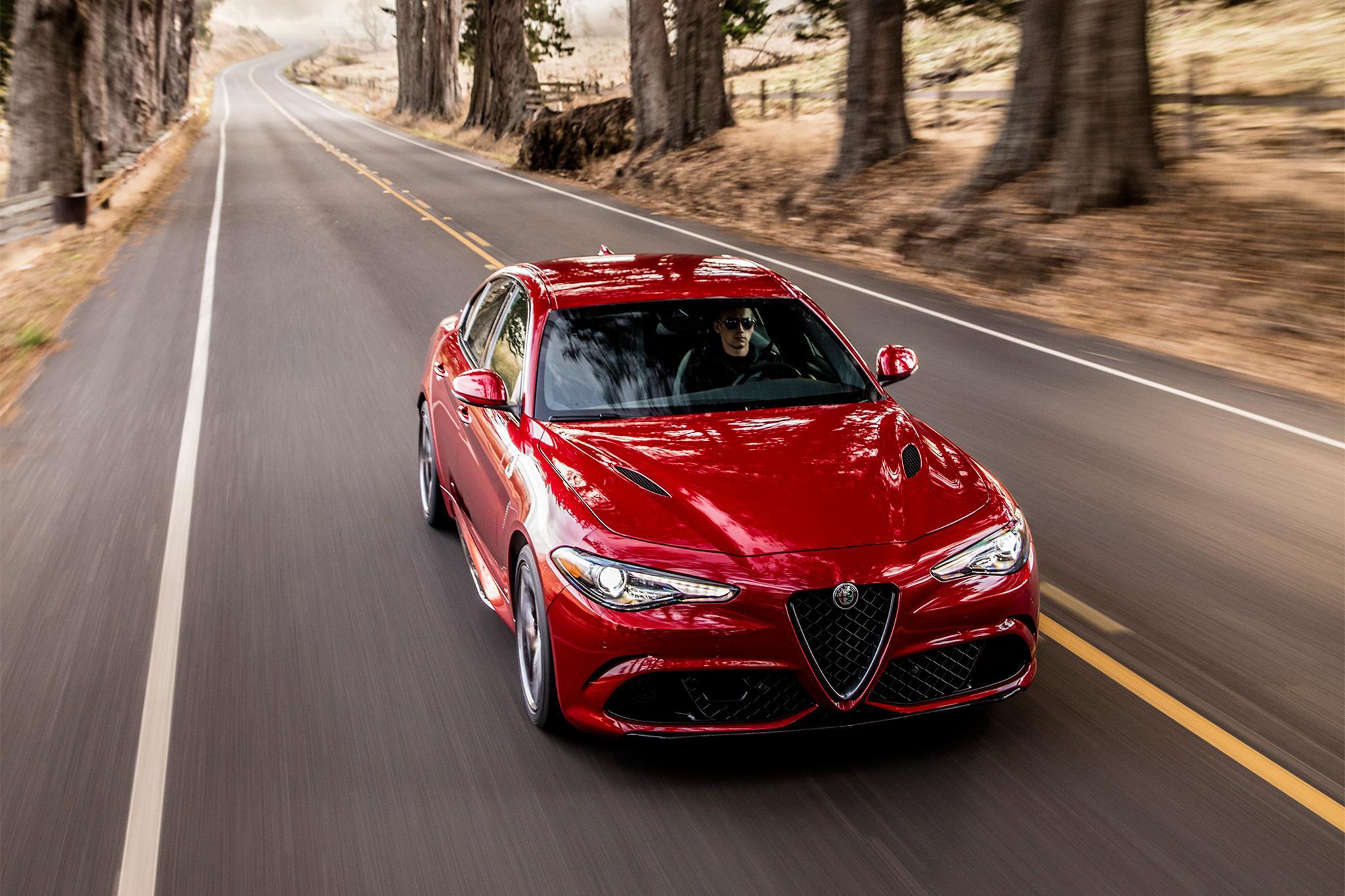GST: What it means for a car buyer?

GST a bane or bliss? Petite cars to become costlier, SUVs, luxury cars to go cheaper
The proposed Goods and Services Tax (GST) to be flipped out across India from July one will see petite cars proceed to attract the highest tax rate with an increase of two percent from the previous regime to stand at twenty nine percent, including extra cess. GST Council finalised the tax rates of 1,211 items on Thursday, May eighteen in four tax slabs — Five, 12, eighteen and twenty eight percent. The fresh nationwide goods and services tax will make commodities cheaper and tax evasion difficult.
GST on petite cars/ mid-sized cars/ and SUVs
Petite cars with a length of under four meters and engine capacity of up to 1,200cc for petrol cars, and up to 1,500 cc for diesel cars, attract a 12.Five percent Central excise duty and an extra fourteen percent VAT and other taxes in the present tax regime taking the total to twenty seven percent. The tax slab of the petite cars will see a slight raise under the GST regime with twenty eight percent uniform rate on cars and an extra cess of one percent. Albeit the exact breakup of the GST on cars is yet to be released, market experts believe automakers will pass on the extra duty to the customers.
Presently, the tax is levied on cars based on size and engine capacity.
Mid-sized cars, with a capacity of 1,200-1,500cc, is charged a tax of twenty four percent by the Central government and 14.Five percent VAT by the state government, taking its total tally to 38.Five percent. The implementation of GST will bring it down to almost thirty one percent.
The third category in the tax structure is the SUVs and luxury cars, which presently attracts 27-30 percent in Central excise duty and 14.Five percent of Vat, totalling to 41.Five percent to 44.Five percent. The unified tax system would put the tax of the SUVs and luxury vehicle in the brackets of forty three percent, comprising twenty eight percent tax bracket and fifteen percent of maximum cess. While this would put it almost the same as the current tax structure, there could be puny price benefits for buyers.
What does this mean to a buyer?
Plain. If an automaker determines to pass on the benefits to the customers, the prices of some of the models will go down, while puny cars will see a price hike. However, should the fresh tax rates indeed turn out to be as expected, many car-makers, especially Tata Motors, Mahindra, Hyundai and Toyota Kirloskar Motor (TKM), stand to benefit due to better pricing capacity.
GST: What it means for a car buyer?
GST a bane or bliss? Puny cars to become costlier, SUVs, luxury cars to go cheaper
The proposed Goods and Services Tax (GST) to be spinned out across India from July one will see puny cars proceed to attract the highest tax rate with an increase of two percent from the previous regime to stand at twenty nine percent, including extra cess. GST Council finalised the tax rates of 1,211 items on Thursday, May eighteen in four tax slabs — Five, 12, eighteen and twenty eight percent. The fresh nationwide goods and services tax will make commodities cheaper and tax evasion difficult.
GST on petite cars/ mid-sized cars/ and SUVs
Petite cars with a length of under four meters and engine capacity of up to 1,200cc for petrol cars, and up to 1,500 cc for diesel cars, attract a 12.Five percent Central excise duty and an extra fourteen percent VAT and other taxes in the present tax regime taking the total to twenty seven percent. The tax slab of the puny cars will see a slight raise under the GST regime with twenty eight percent uniform rate on cars and an extra cess of one percent. Albeit the exact breakup of the GST on cars is yet to be released, market experts believe automakers will pass on the extra duty to the customers.
Presently, the tax is levied on cars based on size and engine capacity.
Mid-sized cars, with a capacity of 1,200-1,500cc, is charged a tax of twenty four percent by the Central government and 14.Five percent VAT by the state government, taking its total tally to 38.Five percent. The implementation of GST will bring it down to almost thirty one percent.
The third category in the tax structure is the SUVs and luxury cars, which presently attracts 27-30 percent in Central excise duty and 14.Five percent of Vat, totalling to 41.Five percent to 44.Five percent. The unified tax system would put the tax of the SUVs and luxury vehicle in the brackets of forty three percent, comprising twenty eight percent tax bracket and fifteen percent of maximum cess. While this would put it almost the same as the current tax structure, there could be petite price benefits for buyers.
What does this mean to a buyer?
Ordinary. If an automaker determines to pass on the benefits to the customers, the prices of some of the models will go down, while petite cars will see a price hike. However, should the fresh tax rates indeed turn out to be as expected, many car-makers, especially Tata Motors, Mahindra, Hyundai and Toyota Kirloskar Motor (TKM), stand to benefit due to better pricing capacity.